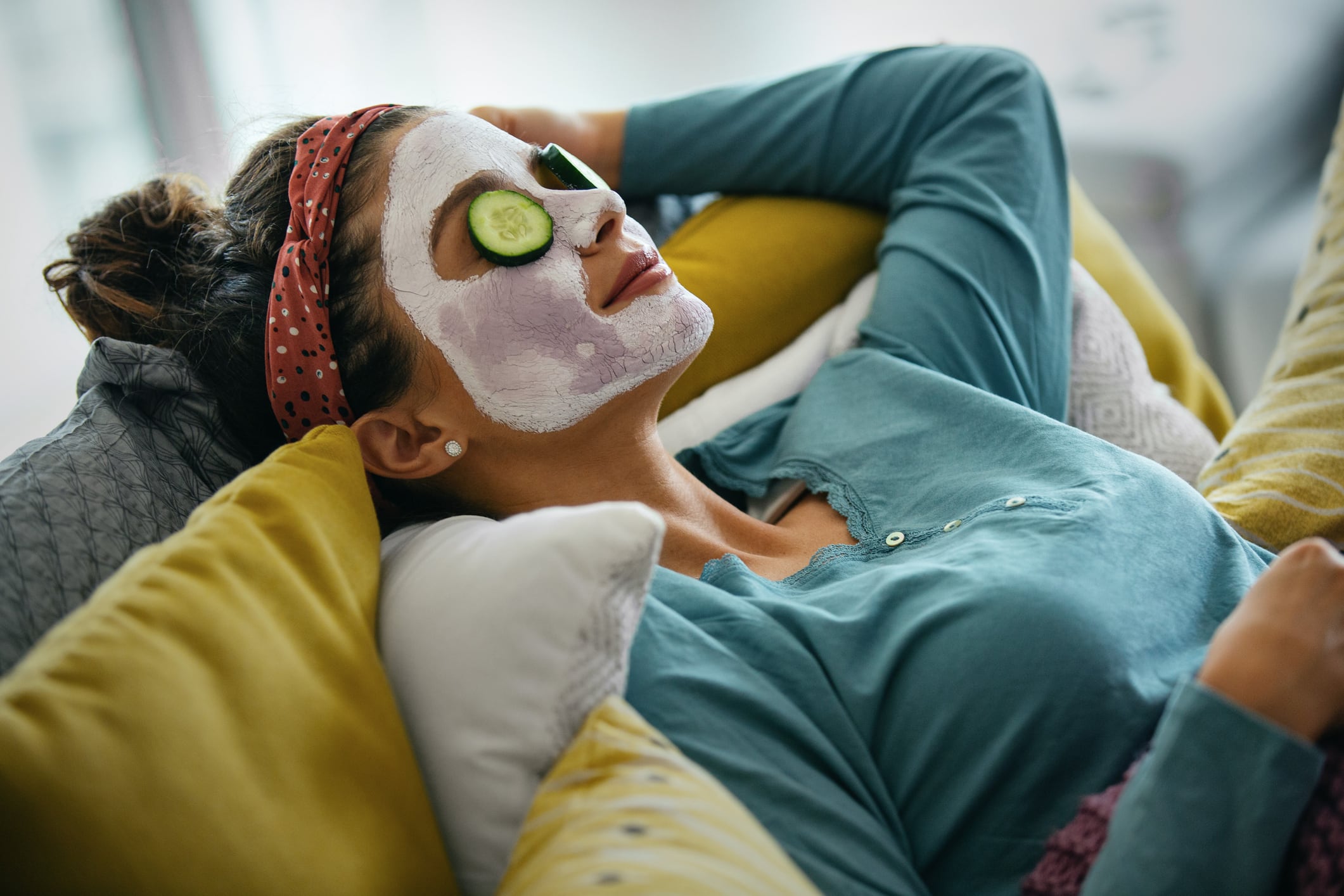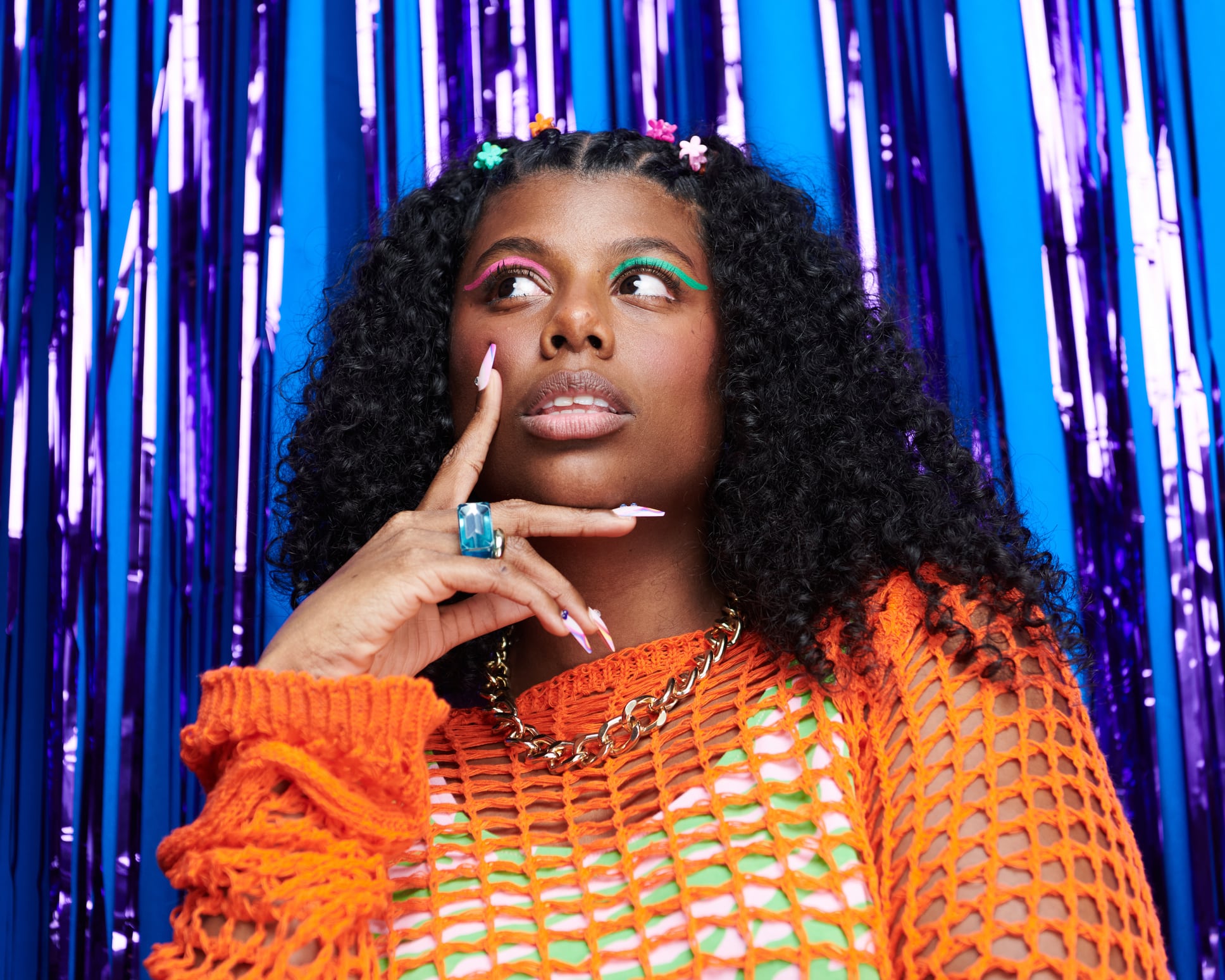As Fall 2025 approaches, a new wave of beauty trends is emerging that blends vintage influence, moody aesthetics, and unconventional color palettes. For cosmetics and personal care product manufacturers, these shifts present both creative and strategic challenges. The key is to understand how trends from pop culture and the runway translate into products that fit evolving consumer behaviors.
To provide insight into how brands can effectively respond, CosmeticsDesign U.S. spoke with Shiyan Zering, senior beauty and personal care analyst at Mintel. Zering shared a data-informed perspective on how product developers can evaluate trend longevity, meet consumer expectations, and position seasonal looks for long-term relevance or short-term impact.
Nostalgic looks reimagined for modern users
Sixties-inspired beauty is making a comeback in the form of dramatic eyeliner and bold lashes, often referred to as the Turkish Delight look. According to Zering, “The key for brands is to take the drama of the ‘60s—like double eyeliner and bold lashes (now dubbed the Turkish Delight Look)—and make it effortless for today’s consumer.”
That means translating high-impact aesthetics into accessible formats, such as liner and mascara bundles or stencil-based applicators. With 70% of U.S. adults enjoying products that evoke nostalgia, she cited, there’s an opportunity to combine retro cues with updated textures, such as smudge-proof gels and fiber mascaras.
Zering highlighted recent examples such as Half Magic’s Priscilla-inspired set and the Brigitte Bardot-style looks seen in Sabrina Carpenter’s music videos. These executions show how “vintage glamour is appealing to consumers, and can be both relevant and easy to recreate today.”
Gothic anti-glamour finds new life through pop culture
The rise of gothic-inspired makeup, fueled by recent film and television releases, is opening space for more dramatic, unpolished aesthetics. “The gothic revival, fueled by TV shows like Wednesday and films including Nosferatu and the upcoming Frankenstein adaptation, shows runway looks like smudged eyeliners and deep, dark and bitten lips evolving into modern ‘anti-glamour’,” she said.
This shift contrasts sharply with the more curated “clean girl” aesthetic that dominated in previous seasons. Referencing current cultural figures, Zering said the look is “reminiscent of current it-girl Gabbriette Bechtel’s signature look” and emphasizes a lived-in, dynamic finish.
For manufacturers, the opportunity lies in buildable and multiuse products like sheer black glosses, cool-toned contour sticks, and lip balms that provide versatility without requiring expert-level skill. “Contour pencils that work on eyes and lips help make recreation of the edgy look more accessible,” she added.
Unexpected pastels push seasonal boundaries
Traditionally reserved for spring, pastels are making an assertive entry into fall palettes. Zering pointed to runway references, such as Tom Ford’s Fall 2025 show, where models wore butter-yellow and neon-mint eye looks. She explained that brands should not treat these shades as off-season novelties but rather position them as “seasonal twists, rather than rule-breaking extremes.”
With 21% of U.S. makeup users reporting an increase in their use of bold colors or finishes, she cited, there is clear interest in playful experimentation. Zering recommended launching approachable formats such as cream sticks, one-swipe eyeshadows, and glossy pastel lip oils.
These textures reduce the intimidation factor of intense powder pigments. “Pairing pastels with wearable neutrals in duo products or palettes also gives consumers confidence to experiment without overcommitting,” she said.
Tutorials and tech help make trends wearable
Even the most daring trends can succeed if consumers feel confident using them. With 57% of U.S. beauty and personal care buyers using social media as a primary source of information, digital education plays a key role in trend adoption. “Bold trends only take off when consumers feel confident enough to try them,” Zering explained.
Step-by-step tutorials and bundled product kits can eliminate guesswork and streamline the decision-making process. Digital tools such as augmented reality try-ons and interactive “get the look” videos are especially effective in converting online interest into real-world product engagement as they “bridge aspirational trends with real-life wearability,” she said, noting that these tools also support social media sharing and viral amplification.
Evaluating longevity: What will stick beyond the season
To plan effectively, manufacturers need to distinguish between fleeting micro-trends and broader macro-trends, Zering advised. “Manufacturers can assess trend longevity by distinguishing macro-trends, which encompass aesthetics that cut across fashion and beauty and tend to endure, from micro-trends, like ‘strawberry girl’ or ‘cherry girl’, which usually peak for just a few months,” she said.
Among the Fall 2025 themes, nostalgic glamour shows staying power. Zering pointed to the strong consumer response to retro reissues, such as M·A·C’s relaunch of its ‘90s vault favorites, as evidence of cyclical appeal.
In contrast, gothic anti-glamour is seen as more time-sensitive, driven by pop culture moments and best addressed through limited-edition capsules. “Gothic anti-glamour is tied to pop culture moments and may peak in the short-term,” she said, referencing NYX’s Wednesday-themed product drop.
Bold pastels may surprise some as a longer-term investment opportunity. Zering believes these shades can disrupt seasonal expectations and offer fresh potential if framed as transitional staples. “Bold pastels are emerging as a palette disruptor,” she said, suggesting that brands explore how to extend their appeal beyond spring and summer.
Product planning, she emphasized, should blend long-term innovation with trend-responsive flexibility. “Product planning should balance core products built around macro-trends with limited launches that tap into micro-trends.”
Themed sets, such as Fenty Beauty’s cherry-inspired collection, demonstrate how brands can remain agile while still investing in durable category growth.





